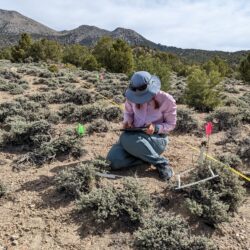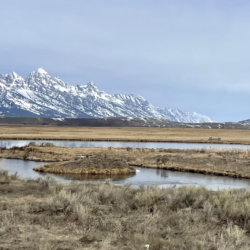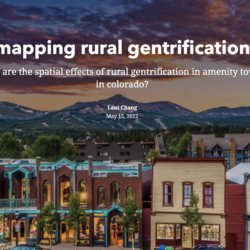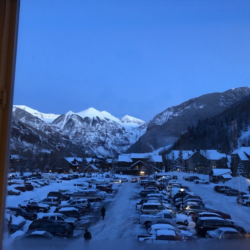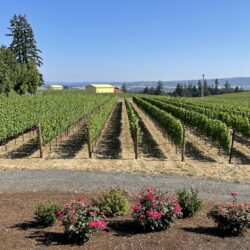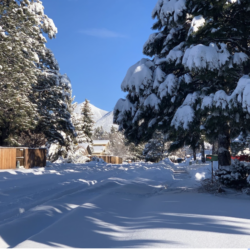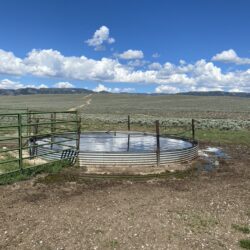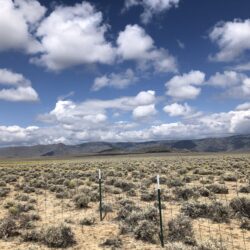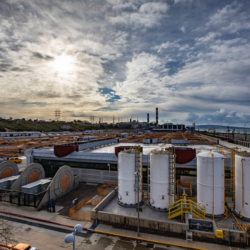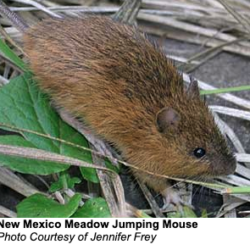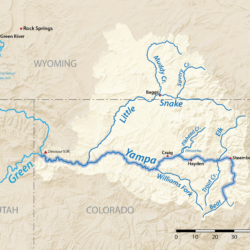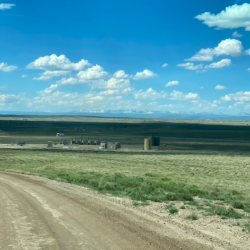A Note from the Steppe—Rachel Renne
As a kid growing up in Florida, we were warned that the hottest part of the day was between noon and 2 pm. My mother insisted that we come inside during these hours to avoid the heat and what she considered to be the riskiest time for sunburns. Yet, at 4:30 pm today in this Read more about A Note from the Steppe—Rachel Renne[…]

